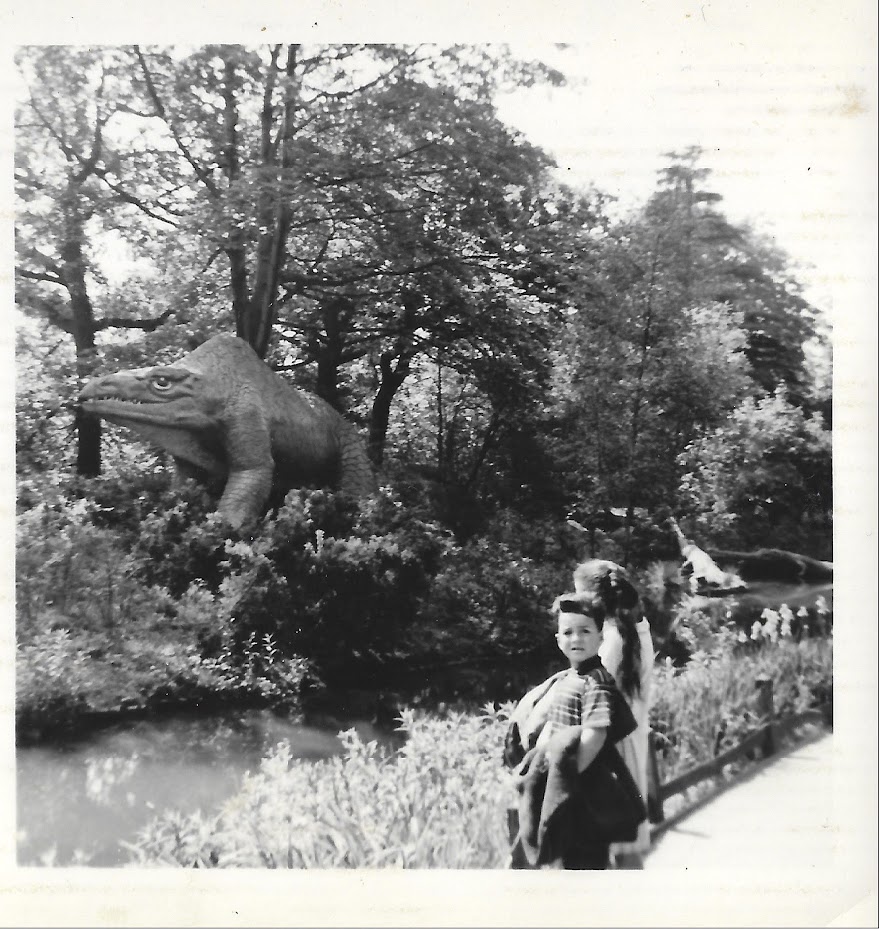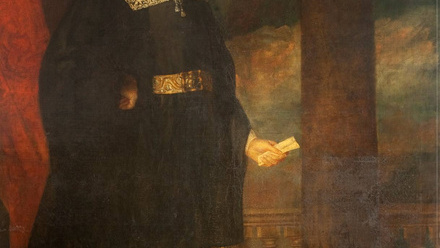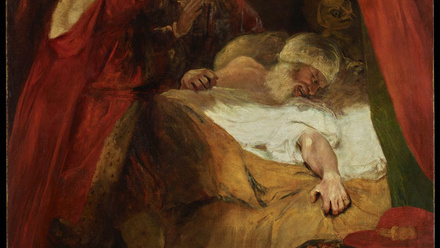Saving The World-famous Crystal Palace Dinosaurs
Historic England, Bromley Council, the Friends of Crystal Palace Dinosaurs and the Crystal Palace Park Trust are working in partnership to understand why the internationally important Crystal Palace Dinosaurs are deteriorating.
New scanning, material analysis and archival research is currently underway to inform a holistic repair strategy for the prehistoric animal sculptures and surrounding geological landscape, and a plan for their long-term management.

Through conservation research and work, we can ensure the survival of these much-loved beasts so that they can intrigue and delight generations to come.
Crystal Palace Park, a Grade II* Registered Park and Garden, was first laid out in the 1850s to designs by Joseph Paxton. The “Tidal Lakes” area in the south of the park includes thirty sculptures of prehistoric animals, covering a huge span of geological time, together with geological features, lakes and islands. The ‘dinosaurs’ were created by Benjamin Waterhouse Hawkins as part of the original 1850s design of the park, notably before the publication of Darwin’s Origin of Species.
Listed at Grade I, the Dinosaurs and their surroundings are of international importance and are one of the earliest examples of “edu-tainment”. They represented the cutting edge of the Victorian understanding of the prehistoric world and are displayed in chronological order within reconstructions of their appropriate geological settings.

The Victorian Dinosaurs were added to the Heritage at Risk register in February 2020, with important repairs carried out in recent years, including to the Megalosaurus in 2021.
Despite such interventions over their 170-year history, the dinosaurs are showing their age and are continuing to weaken year on year.
Exposed to the elements they are subjected to extremes of weather, from the recent snow to this summer’s drought when the ‘Dinosaur Lake’ dried up, leaving the marine animals high and dry, exposing further cracking to their foundations. New photography reveals the impact changes in climate are having on the sculptures.

Soon, with volunteer help, Historic England and partners will be starting a detailed survey to record and put into safe-keeping any pieces of the sculptures that remain loose on the site, to better understand and aid their restoration.
The Dinosaurs have a dedicated global following and have attracted famous fans as varied as Sir David Attenborough and Guns N' Roses guitarist Slash. Now all past visitors to the Dinosaurs are asked for their help!
Dr Ellinor Michel, Friends of Crystal Palace Dinosaurs, said:
These famous sculptures were made from a right old mix of materials, including Portland cement, bricks, tiles, gravel and metal. The landscapes have also changed a lot, affecting the sculptures and geological illustrations. They haven’t had the consistent maintenance they need, and weathering is hard on them, but with a timeline of their past condition we can develop better conservation plans for the future.

We need your help! Your photos of Crystal Palace Dinosaurs
Do you have family photos of the Crystal Palace Dinosaurs taken before 2017? By gathering your snapshots of the Dinosaurs in years gone by, we can build up a picture of their health through time and inform their conservation going forward.
The public are asked to share any photos that feature the sculptures with the Friends of Crystal Palace Dinosaurs as part of the Dinosaur Monitor Project. Photos from even a decade ago are proving useful in piecing together the Dinosaurs’ history.
Submit your photos with information on when they were taken, via Twitter or Instagram using the hashtag #DinosaurMonitor, or by email to [email protected]
Crowdsourced archival photographs can help us fill gaps in our knowledge about the sculptures throughout their history. Previous submissions have helped highlight areas of damage, levels of flooding and change in vegetation across the site. This information helps create the best conservation plans for the structures.

Emily Gee, Historic England Regional Director, said:
By taking a deep dive into the condition and history of the Crystal Palace Dinosaurs and the artificial geological landscape they inhabit we can better conserve and protect these Grade I listed extraordinary creatures.
Your photos may hold hidden clues so please do share these with us to enhance our collective knowledge of Crystal Palace Park’s unique Victorian sculptures.






